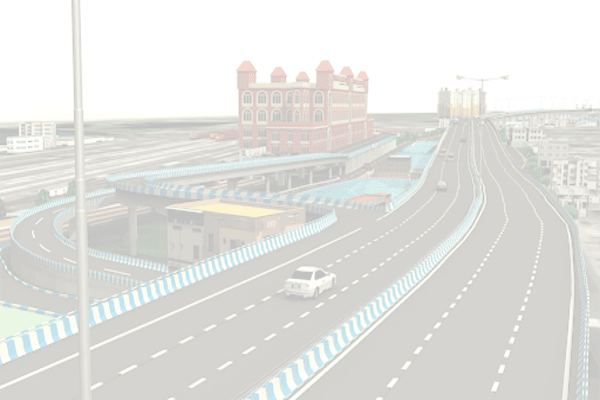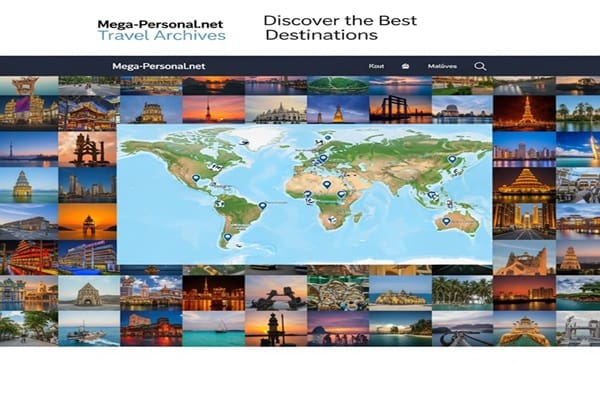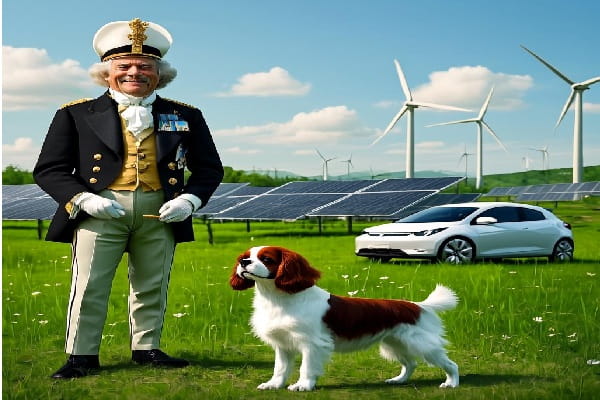Kona Expressway: Route map, key facts
The Kona Expressway, a vital segment of National Highway 12, is a cornerstone in the transportation infrastructure of West Bengal, India. Spanning a crucial link between the cities of Kolkata and Howrah, this expressway has revolutionized travel in the region, driving economic growth, real estate development, and enhancing overall connectivity. This article delves into the historical significance, current developments, impact on real estate, and future plans associated with the Kona Expressway.
Historical Context and Development
The Kona Expressway was inaugurated in 2001, marking a significant milestone in the transportation network of West Bengal. Stretching 14.17 kilometers, the expressway serves as a direct corridor between Howrah and Kolkata, two of the most prominent cities in the state. This strategic route not only facilitates smoother travel but also plays a pivotal role in economic interactions between these urban centers.
Managed by the Department of Public Works in West Bengal and the Howrah Municipal Corporation, the expressway begins at Kona in Howrah and concludes at Vidyasagar Setu, commonly known as the Second Hooghly Bridge. The road features six lanes in total—four major lanes and two service lanes—making it a critical infrastructure element for regional connectivity.
Over the years, the Kona Expressway has become a crucial conduit for commuters, reducing travel time and easing congestion on alternative routes. Its impact extends beyond mere transportation; it has catalyzed significant socio-economic transformations in the areas it connects.
Current Challenges and Strategic Solutions
Despite its importance, the Kona Expressway has faced substantial challenges, particularly with traffic congestion. The bustling nature of the route, exacerbated by Santragachi’s status as a major railway junction and the high volume of vehicles traveling to and from Kolkata, has strained the existing infrastructure.
To address these issues, the National Highways Authority of India (NHAI) has proposed an ambitious project: a 7.2-km-long six-lane elevated super-highway to be constructed atop the existing four-lane expressway. This initiative is designed to alleviate the persistent traffic congestion and enhance the efficiency of the route. With an allocated budget of Rs 720.6 crore, construction is expected to commence soon, with a projected completion date in early 2026.
The new super-highway will significantly improve traffic flow, offering a high-speed corridor with a total of 10 lanes. This strategic development is expected to alleviate bottlenecks and provide a more efficient travel experience for commuters.
Impact on Real Estate and Local Development
One of the most noticeable impacts of the Kona Expressway has been its effect on local real estate markets. The enhanced connectivity has spurred a dramatic rise in real estate values and demand in the areas along the expressway.
Real Estate Boom:
The expressway has transformed previously underdeveloped suburban areas into attractive locations for homebuyers and investors. The allure of lower property and rental rates, coupled with the expressway’s convenience, has driven interest in these peripheral neighborhoods. Areas such as Jagacha, Santragachi, Belepole, and Gorpha have seen a surge in real estate activity, with new residential and commercial developments springing up to cater to the growing demand.
Growth of Social Infrastructure:
The improved accessibility facilitated by the Kona Expressway has also led to the development of social infrastructure in the region. Prominent schools, colleges, and hospitals have been established in the vicinity, contributing to the enhanced quality of life for residents. This growth in social amenities not only makes the area more attractive to potential homeowners but also supports the overall development of the local community.
The expressway’s influence on real estate is a testament to how infrastructure development can drive economic progress and improve living standards. The connectivity offered by the expressway has bridged gaps between suburban areas and key employment hubs, making these regions more accessible and desirable.
Route Connectivity and Expansion Plans
The Kona Expressway is a crucial link in the broader transportation network of West Bengal, seamlessly connecting Vidyasagar Setu with National Highway 16 (NH-16). This strategic location enhances accessibility to several important localities and integrates with key railway junctions.
Route and Integration:
The expressway connects with two major railway junctions—Shalimar and Santragachi—located near the Vidyasagar Setu toll center. Additionally, it intersects Carry Road, which links to Andul Road, running parallel to its primary lanes. This comprehensive network ensures smooth connectivity for residents and travelers, facilitating easy access to various neighborhoods within the region.
The expressway’s design includes a transition from six lanes to a two-lane expressway near the Santragachi railway junction. This strategic configuration accommodates local railway infrastructure and ensures continued efficient connectivity for commuters.
Future Plans and Expansion:
Looking ahead, the Kona Expressway’s future is set to include significant upgrades. The planned six-lane elevated super-highway is a major component of these future developments, aiming to address current traffic issues and enhance overall capacity. This expansion will not only improve travel efficiency but also support continued economic and real estate growth in the region.
Speed Limits and Safety Considerations
Ensuring safety is a crucial aspect of expressway development. The Kona Expressway adheres to national speed limit regulations, with cars permitted to travel at a maximum speed of 120 km/h. This speed limit is consistent with other expressways in India, ensuring a safer travel environment for all users.
Regular updates to speed limit regulations, such as the recent adjustment in April 2018, help maintain safety standards and accommodate changes in road conditions and traffic patterns. Upholding these speed restrictions is essential for ensuring the well-being of commuters and promoting a safer travel experience.
Also read: KMP Expressway
Conclusion: The Transformative Impact of the Kona Expressway
The Kona Expressway stands as a testament to the transformative power of infrastructure development. Its role in bridging the gap between Kolkata and Howrah has revolutionized travel in the region, driving economic growth, boosting real estate values, and enhancing overall connectivity.
As a vital component of National Highway 12, the expressway exemplifies how strategic infrastructure investments can catalyze regional development and improve living standards. The planned expansion and upgrades demonstrate a continued commitment to enhancing transportation efficiency and supporting economic progress.
In our rapidly evolving world, the Kona Expressway serves as a shining example of how well-designed transportation networks can shape the economic landscape, facilitate trade and commerce, and foster overall growth. It is more than just a road; it is a pathway to economic prosperity and a symbol of the positive impact that strategic infrastructure development can have on communities and regions.




Post Comment